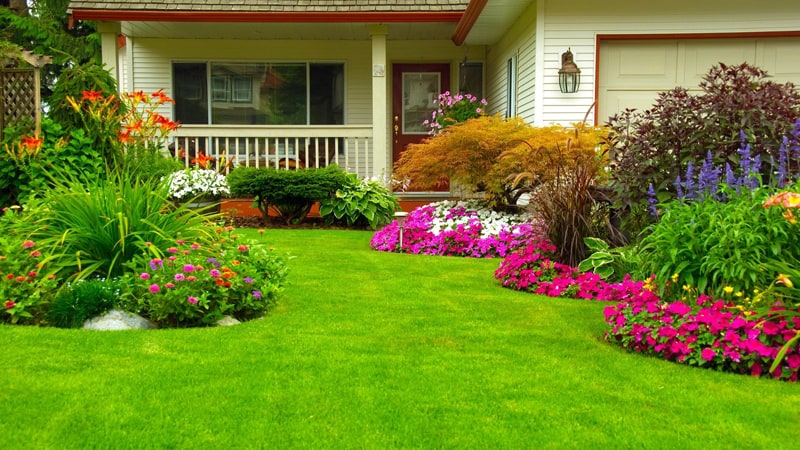Home » Renovate Your Lawn

is removing the moss and debris that area present in your lawn right now. This is accomplished by de-thatching. Thatch accumulates in your lawn as dead roots and decomposing grass and other debris accumulate. As thatch accumulates, it prevents water, nutrients, sunlight, and air from reaching the roots of the grass. As this occurs, the grass literally suffocates and it starves, which causes an unhealthy condition that will kill your lawn. Removing thatch also increases the amount of water and nutrients that are available for your lawn to consume, which will enhance your lawn’s resistance to disease, and promote a lush, green lawn.
is aerating your lawn. Aeration is the process of removing plugs of soil from your lawn, which creates space for air, water, and nutrients to penetrate the soil. This process will promote the growth of beneficial microorganisms, increase water absorption, reduce surface runoff, and promote healthy, thick, green grass. Aeration will also deepen your lawn’s root system so that your lawn will have a greater resistance to disease, insect, drought, and heat stress. After you aerate your lawn, you should fertilize and overseed as these ingredients will drop into the aeration holes, which will cause them to infiltrate deep into the soil.
is to overseed your lawn. Cool season grasses like we have in the Pacific Northwest grow most strongly during the spring and fall. Overseeding promotes grass health by increasing its resistance to disease, it revitalizes grass growth, creates a denser lawn by filling in bare spots, and it helps to prevent weed growth by not giving weeds the space required to infiltrate your lawn. When overseeding, it is also a great idea to apply a protective Topsoil that is mixed with pacific garden mulch, organic soil conditioner, and peat moss. Peat moss is a natural, organic soil conditioner that regulates moisture and air around plant roots and will also protect grass seed from wind, heavy rain, and birds. We mix in some topsoil with peat moss to add an even greater level of protection and nutrients to your lawn. A thin layer of this product goes a long way to enhance the results of your lawn renovation project.
is to fertilize your lawn. In fact, many lawn care experts recommend that if you choose to fertilize your cool-season lawn at the best times of the year that you should do so during the spring and fall. This is because plants respond to external triggers to start the process of preparing for the upcoming season. These triggers are things like day length and temperature changes. Plants – including turf grass – respond by lowing growth and shifting food reserves from the leaves to the roots. Although air temperature are changing, plant roots remain active in soil. This is true of many different kinds of plants, including grass. Shifting excess nutrients to the roots is the secret to plants’ return each spring. Those stored food reserves fuel the spring wake-up. The same is true of your lawn. By fertilizing your grass, you’re feeding the active roots and giving them even more nutrients to store. When spring arrives with longer days and warmer air, grass blades sense the seasonal change and respond by kicking into growth gear, drawing upon these food reserves. Grass that is fed will green up quickly in spring, growing thick and lush. Taking these steps will ensure that your lawn begins to restore itself to a state of health and vitality.